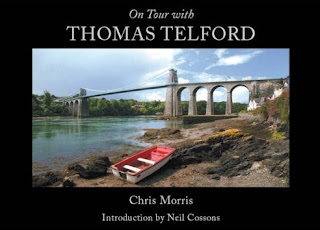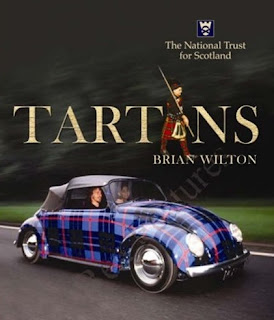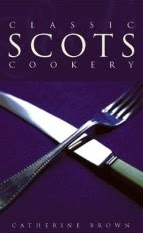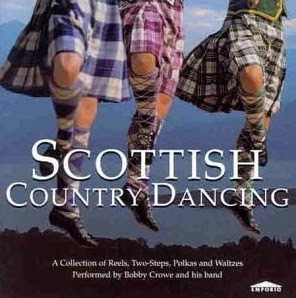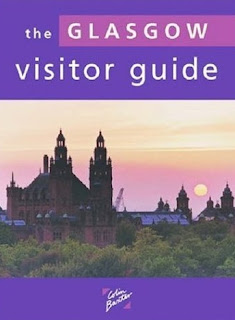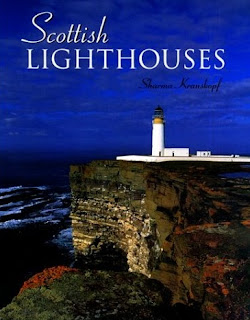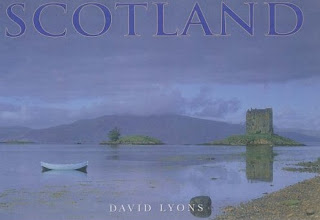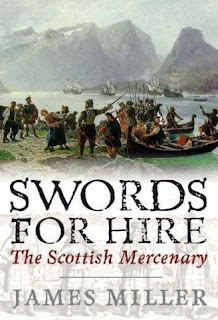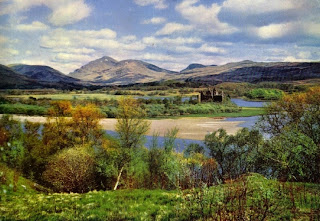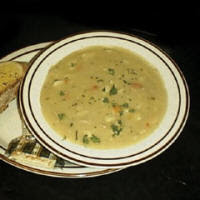
Best Scottish Tours of Argyll and Bute. An authoritative and enlightening survey of this dramatic region of Scotland stretching from the Atlantic islands and sea-lochs of Argyll to the softer landscape of Bute and the banks of the Clyde. The comprehensive gazetteer introduces readers and visitors to an enticing range of buildings. Ruinous brochs, stone circles and lone Celtic crosses contrast with evocative castles like Sween and Dunstaffnage and the magnificent Victorian Gothic mansion of Mount Stuart. Settlements rich in townscape include Inverary, with its elegant white-walled streets, and the genuinely urban Campbeltown, Oban, Rothesay and Helensburgh which boast splendid tenements and salubrious villas by some of Scotland's greatest architects. Industry too makes an appearance, with iron furnaces, mills and distilleries, and so too does recent architecture, with St Peter's College, Cardross, as the most dramatic and tragic legacy of the twentieth century. The introduction provides an enlightening chronological overview of this great variety of buildings, with special sections on the rich prehistoric and Ealy Christian remains, and on the geology and building materials that make the region so distinctive. Illustrated with over 140 photographs and numerous maps and plans, and with comprehensive indexes and an illustrated glossary which includes many Scottish architectural terms, this is an invaluable reference work as well as a guide book, and an essential tool for understanding and exploring this rewarding part of Scotland.
Argyll and Bute (Pevsner Buildings of Scotland)
.
Acha, Achahoish, Achallader, Achallader Castle, Achamore Gardens, Acharosson, Achnaba, Achnacloich, Ardbeg, Ardchattan Priory Garden, Ardchonnell, Ardencraig Gardens, Ardkinglas Woodland Garden, Ardentinny, Ardfenaig, Ardfern, Ardfin, Ardlui, Ardlussa, Ardmaddy, Ardmaleish, Ardmenish, Ardnave, Ardno, Ardrishaig, Ardmaddy Castle Garden, Ardtalla, Ardtarig, Ardtornish, Arduaine Garden, Arnabost, Arnicle, Arrochar, Ascog, Ascog Hall Fernery and Garden, Auchenbreck, Auchnacraig, Auchnagoul, Balaruminmore, Balephuil, Ballimore, Ballimore, Ballochroy, Ballure, Ballygown, Ballygrant, Barr, Barrnacarry, Bellanoch, Benderloch, Benmore, Benmore Botanic Garden, Blairmore, Bonawe, Bowmore, Braevallich, Bridge of Orchy, Bridgend, Bruichladdich, Bunessan, Cadderlie, Cairnbaan, Cairndow, Campbeltown, Cardross, Carnassarie, Carnasserie Castle, Carradale, Carrick, Castle Stalker, Castle Sween, Castleton, Castle Toward, Charsaig, Clabhach, Clachaig, Clachan, Clachan of Glendaruel, Clachan-Seil, Cladich, Claig Castle, Claonaig, Claonairi, Cleongart, Clydebank, Clynder, Coeffin Castle, Coirantee, Colintraive, Colonsay, Colonsay House Garden, Connel, Coulport, Cove, Craighouse, Craignure, Crarae, Crarae Garden, Creagan, Cretshengan, Crinan, Croggan, Croig, Crossaig, Crossapol, Cullipool, Dalmally, Dervaig, Drimfern, Drumlemble, Duart Castle, Dunans Castle, Dunans, Dunaverty Castle, Dunollie, Dunoon, Dunstaffnage Castle, Duntrune Castle, Dunyvaig Castle, Ellary, Ellenabeich, Eredine, Erines, Fearnoch, Feolin Ferry, Fidden, Ford, Furnace, Garelochhead, Gartnagrenach, Geilston Garden, Glenarn, Glenbarr, Glenmallan, Glenrisdell, Gortinanane, Grogport, Gruinart, Gylen Castle, Hayfield, Helensburgh, Holy Loch, Hunters Quay, Innellan, Inveraray, Inveraray Castle, Inverarnan, Inverchaolain, Inverchapel, Inverinan, Invernoaden, Islay, Jura, Jura House Garden, Kames, Kames Castle, Keillmore, Kerrycroy, Kilbrandon, Kilbride, Kilchattan, Kilchenzie, Kilcheran, Kilchiaran, Kilchoman, Kilchrenan, Kilchurn Castle, Kilcreggan, Kildalloig, Kilfinan, Kilkenneth, Killean, Killichronan, Killinallan, Killunaig, Kilmahew Castle, Kilmartin, Kilmelford, Kilmichael Glassary, Kilmichael of Inverlussa, Kilmoluag, Kilmore, Kilmory, Kilmory Woodland Park, Kilmun, Kilninver, Kilpatrick, Kingarth, Kinlochlaich House Gardens, Kintour, Kintra, Kintraw, Kinuachdrachd, Kirn, Knapdale, Knock, Lagavulin, Lagg, Lagganulva, Lephinmore, Lerags, Linn Botanic Gardens, Lochbuie, Lochdon, Lochead, Lochgair, Lochgilphead, Lochgoilhead, Lower Kilchattan, Lunga, Luss, Machrihanish, Middle Kames, Middleton, Minard, Mountstuart, Newton, North Crossaig, North Tullich, Oban, Oragaig, Otter Ferry, Pennygown, Pennymore, Polloch, Poltalloch, Port Appin, Port Askaig, Port Bannatyne, Port Ellen, Portavadie, Portincaple, Portinnisherrich, Portnacroish, Portnahaven, Rhu, Rhunahaorine, Ronachan, Rosneath, Rothesay, Rothesay Castle, Saddell, Salen, Sanaigmore, Sandbank, Scalasaig, Shandon, Skipness, Skipness Castle, South Crossaig, Southend, St. Catherines, Stonefield, Strachur, Strathan, Strone, Stronmilchan, Sunadale, Sunipol, Tarbert, Tayinloan, Taynish, Taynuilt, Tayvallich, Tighnabruaich, Tiree, Tobermory, Toberonochy, Torastan, Torosay Castle and Gardens, Tullich, Tullichewan Castle, Tyndrum, Upper Kilchattan, West Kames, West Tarbert, Whitehouse.
Best Scottish Hotels and
Best Scottish Tours.

